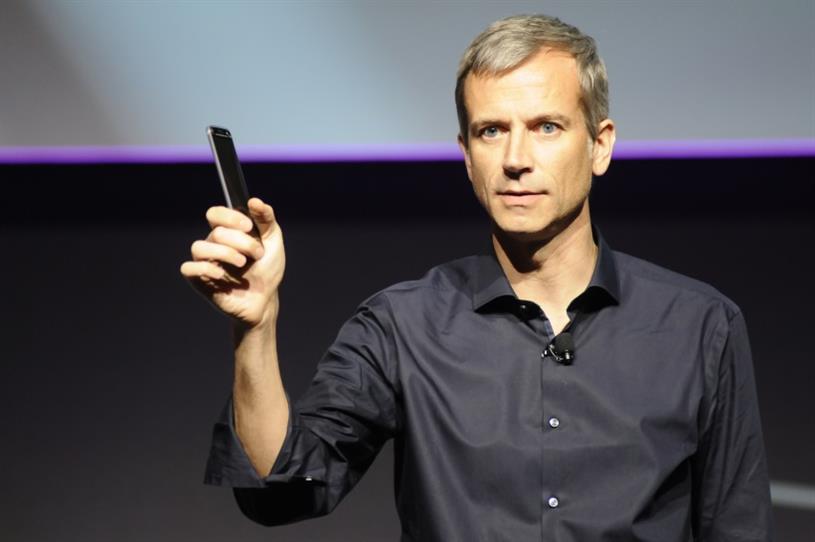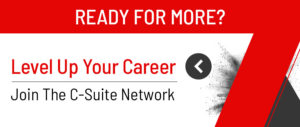
Why Motorola CMO Jan Huckfeldt is leaning heavily on TV
Why Motorola CMO Jan Huckfeldt is leaning heavily on TV https://csuiteold.c-suitenetwork.com/wp-content/uploads/2017/07/why-motorola-cmo-jan-huckfeldt-is-leaning-heavily-on-tv-1.jpg 815 542 C-Suite Network https://csuiteold.c-suitenetwork.com/wp-content/uploads/2017/07/why-motorola-cmo-jan-huckfeldt-is-leaning-heavily-on-tv-1.jpgFourteen months have passed since Jan Huckfeldt took the marketing reins of Motorola. Prior to his arrival, Ashton Kutcher was the cell phone company’s pitchman, and Droga5 was responsible for its creative. Today, Karina Kolokolchikova, a largely unknown actress, is the face of the brand, and Ogilvy, its creative AOR.
It’s a lot of change in not a lot of time, but when Apple and Samsung hold a combined 72.6 percent of U.S. market share and Motorola claims just 4.3 percent, every minute is precious. Thus, Huckfeldt has positioned Motorola as a challenger to its smartphone competitors.
In September, the marketer directly went after them by taking out a full-page ad in The New York Times, prompting consumers to “Skip the Sevens,” as in the iPhone and Samsung Galaxy 7s. In November, Motorola boldly took a swipe at Apple by pointing out that “rose gold isn’t an idea, it’s a color” in the brand’s “Hello Moto” spot—its first TV ad since 2011. Now, the brand launches its latest video titled “Hello Dinner,” which demonstrates that the Moto Z brings users together with Mods by connecting them in gaming, video projection and music speakers.
All three ads are part of Motorola’s “Different is Better” initiative, and Campaign U.S. caught up with the CMO to discover just how different Huckfeldt intends Motorola to be.
Motorola has undergone many changes—from being owned by Google to now Lenovo and from being an industry leader with the Razr in the early 2000s to now no. 4 in the U.S. How are you adapting the brand to fit this shifting landscape?
When I took on this role, I found myself with quite a number of brands. I made a pretty simple and straightforward, strategic decision to focus on Motorola only. If you look at the smartphone business, it is highly competitive. You cannot be in that market unless you are highly focused. We basically went from probably four or five different brands, which we entertained globally, to just one brand.
Secondly, we reduced our product lineup from over 45 products to 10 to 12 products.
The other thing that I did, I brought back some of those key brand aspects. Certainly the batwing [logo] was one of them. The batwing had almost disappeared in our marketing materials and from our product. The batwing is probably the sexiest icon in the IT industry besides the Apple logo.
The other thing was “Hello Moto,” which was a sound mnemonic used very successfully and was a beautiful brand asset because most brands are just appealing to the human eye. But here is one that appeals to the human ear. It’s a perfect additional brand device.
And how did these changes affect Motorola’s advertising?
I think if you look at our advertising, whether it’s the TV campaigns or our other materials to date, they very clearly speak of a highly distinctive brand. Most of our competition is following the less-is-more approach from the two big players, which influence each other. We are clearly speaking and standing out. We were influenced by some of the passion brands, like the Amazon Kindle. I think it helps us a lot.
The other thing that we adopted is the tone of voice that is very much that of a challenger. When we launched our highly differentiated product, Moto Z with those Mods, in the beginning, we actually focused our efforts in the U.S. in terms of advertising predominantly on reaching those Android users within Verizon. We decided that to target them, let’s rely on digital and social and hit those consumers at a very high frequency. Now, with those efforts, all our metrics were green. In fact, Facebook used our case, our approach, as a best-in-class case during their earnings announcements in the fall of last year. It didn’t really make an impact. All these efforts on digital and social, didn’t really make an impact for the brand and for the selling of our product.
We looked at this picture again and said, we have to be much bolder. We have to advance our change of visual identity, which we had planned for January. We did this. We then adopted this challenger-brand attitude. I also sent an open letter inviting consumers to skip the seventh…



